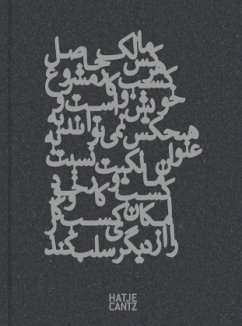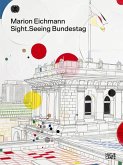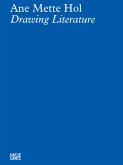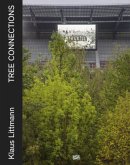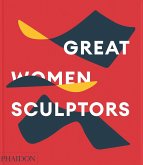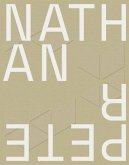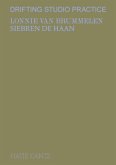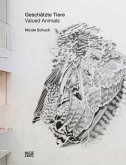In her work, Nazgol Ansarinia examines the systems and networks that underpin her daily life, such as everyday objects, routines, events, and experiences, and the relationship they form to a larger social context. This new monograph surveys the artist's work of the last fifteen years in sculptures, installation, drawing, and video. The individual projects represent ways of understanding the role of architecture in delineating interior end exterior spaces and private and public spheres. Ansarinia's works are largely observational and technical in their scope, offering insight into the issues that are most pressing and urgent for today's cities and the populations that inhabit them. This fully illustrated publication features in-depth essays by Media Farzin, Hamed Khosravi, and Maria Lind.
NAZGOL ANSARINIA (_1979, Tehran) studied graphic and media design in London and San Francisco. A solo exhibition was held for her work at KIOSK in Ghent Belgium in 2018. Her work was shown in the Sharjah Architecture Triennial (2019), Parasol Unit London (2019), REDCAT, LA (2018), Monnaie de Paris and the National Museum of Women in the Arts, Washington D.C., USA (2018).
NAZGOL ANSARINIA (_1979, Tehran) studied graphic and media design in London and San Francisco. A solo exhibition was held for her work at KIOSK in Ghent Belgium in 2018. Her work was shown in the Sharjah Architecture Triennial (2019), Parasol Unit London (2019), REDCAT, LA (2018), Monnaie de Paris and the National Museum of Women in the Arts, Washington D.C., USA (2018).

